Flymen Blog
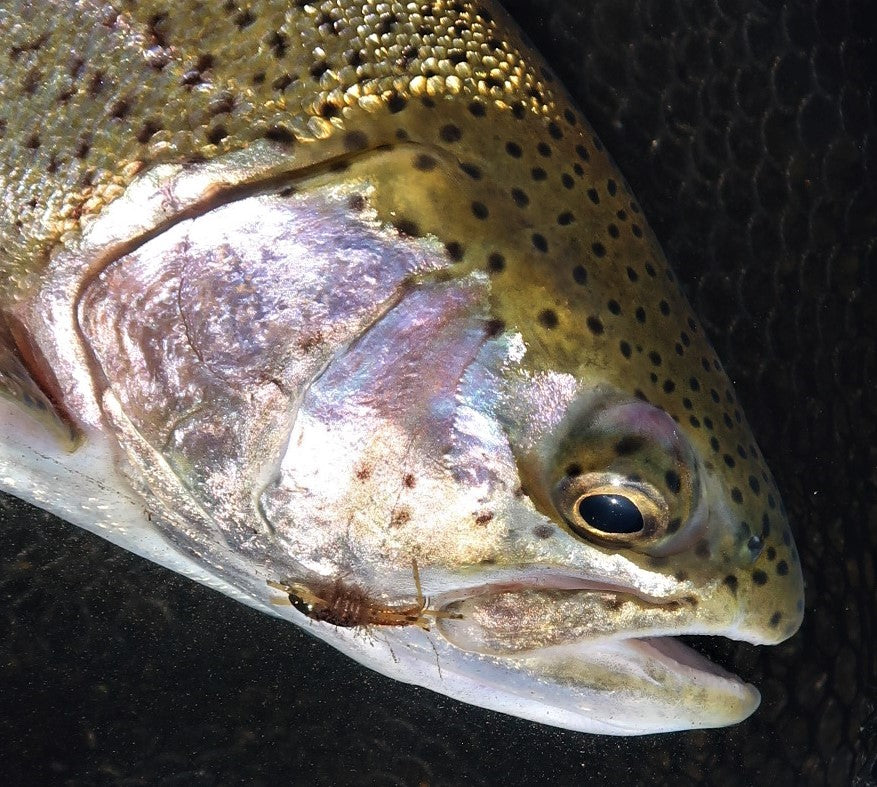
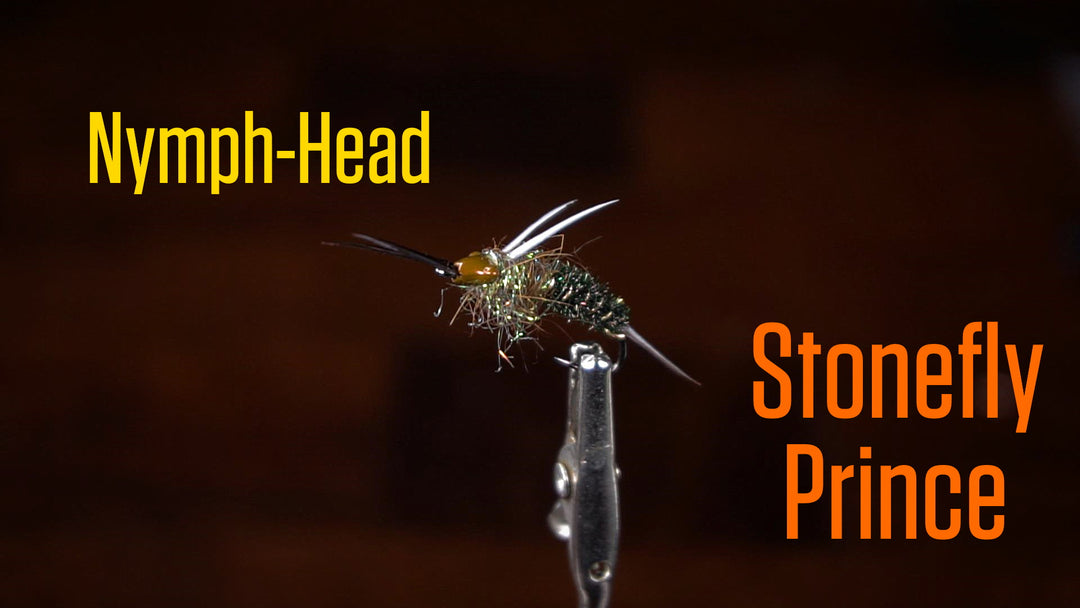
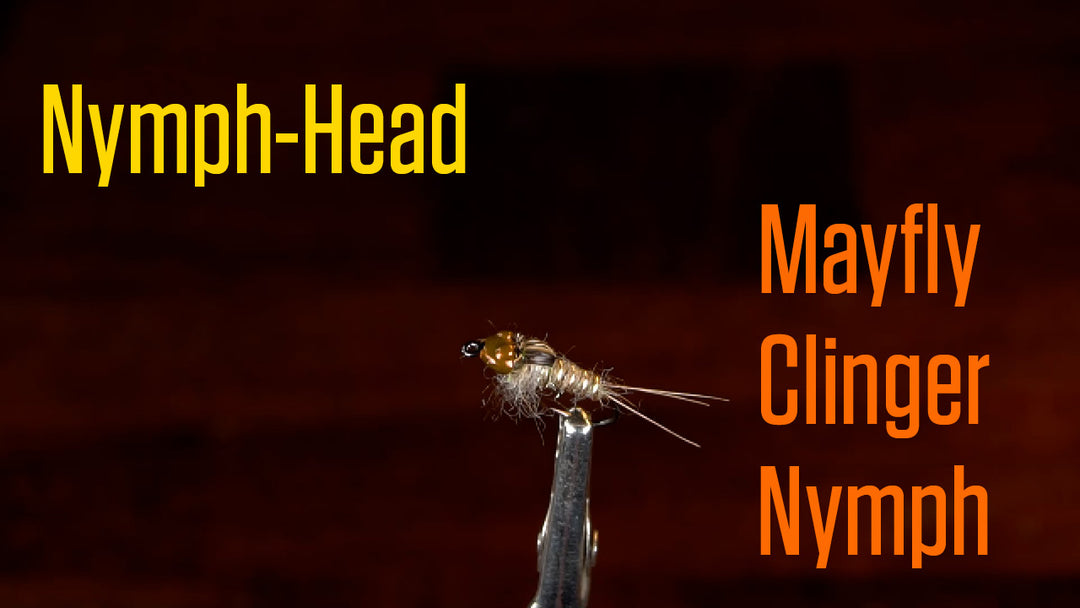
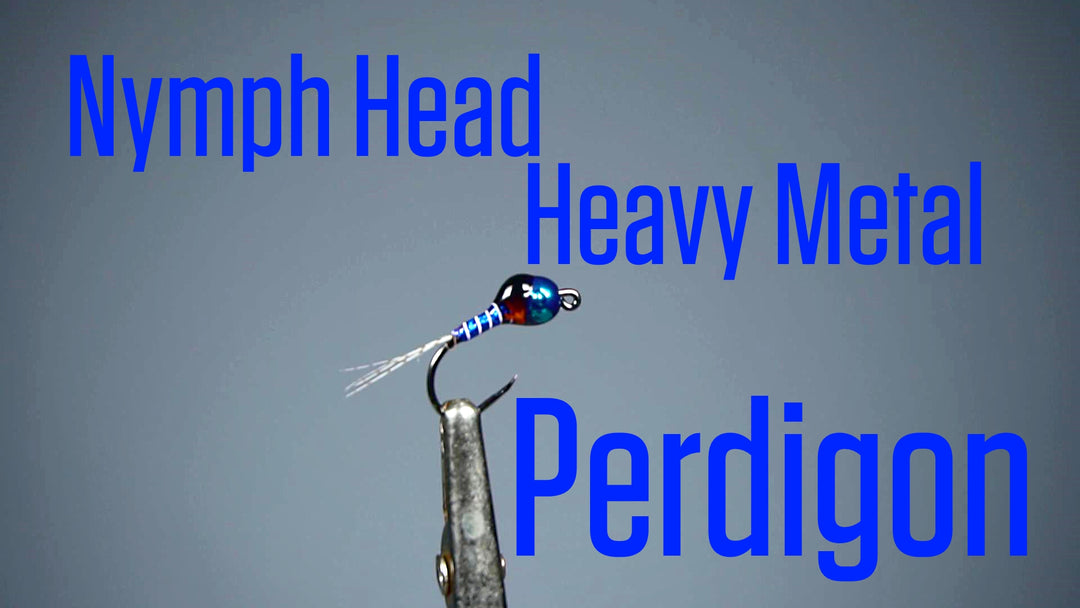
The Perdigon Has Taken the Euro-Style Fishing World by Storm.
This simple yet very fishy fly has everything that fast-water fly anglers are looking for... An endless choice of colors, instant sinkability, and 1000% bulletproof.
Fish the Heavy Metal Perdigon on its own, under a dry fly, or with a team of other nymphs – just fish it!
Fly Recipe
- Hook: Kona Barbless Jig Hook (BJH), size #10 used in video (sizes can range from #10 - #16)
- Head: Nymph-Head Heavy Metal tungsten bead, size 4.0 mm (5/32") used in video (adjust size to match hook)
- Tail: CDL, Mallard, or any barred feathers.
- Rib: UTC Ultra-Wire
- Body: Flashabou
- Hot-Spot: Orange Thread
- Wing Case: Loon UV Fly Finish BLACK
- Body Coating: Coat the whole fly in Loon UV Thin
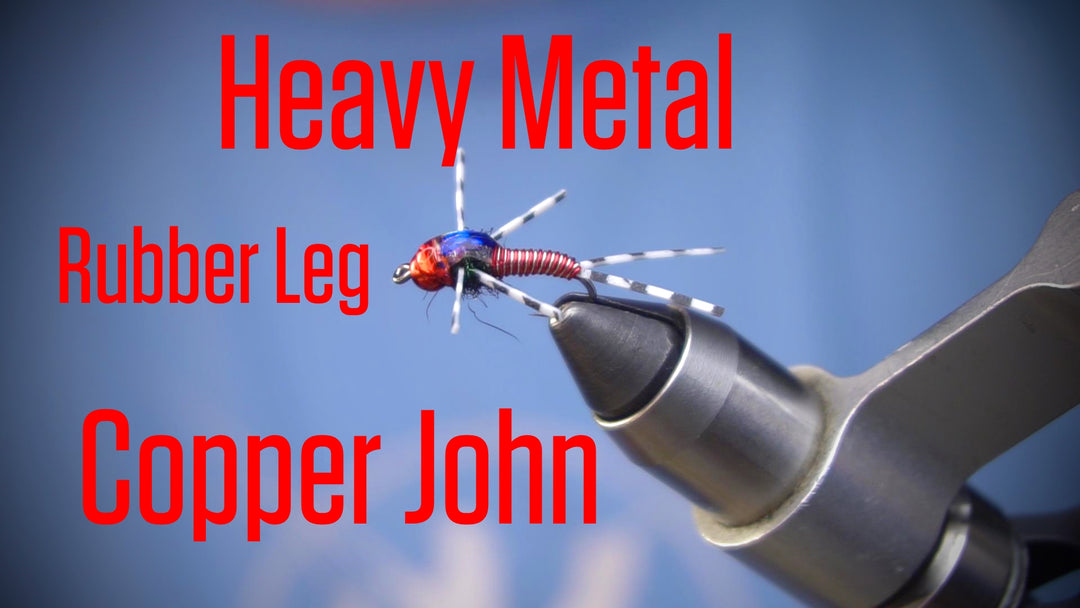
The original Copper John is a staple in most fly boxes — the Heavy Metal Rubber Leg Copper John is a next-generation take on this classic fly pattern.
Using the Nymph-Head Heavy Metal tungsten beads that are 15% heavier than standard tungsten beads of the same size and come in a wide array of colors, the possibilities for this pattern are endless. You can fish it in a variety of ways, from fishing it as an anchor fly in a Euro setup to a regular attractor under an indicator, fish this fly DEEP — trust me, it will get there.
Fly Recipe
- Hook: Kona Wet Fly Nymph size #10
- Bead: Nymph-Head Heavy Metal tungsten bead size 5/32"
- Wire: .025 Lead Wire
- Tail: Sili-Legs
- Body: Ultra Wire
- Wing Case: UV Chewee Skin
- Over Case: Flashabou
- Thorax: Ice Dub
- Legs: Sili-Legs
- Wing Case Gas Bubble: Loon UV Resin Thick




